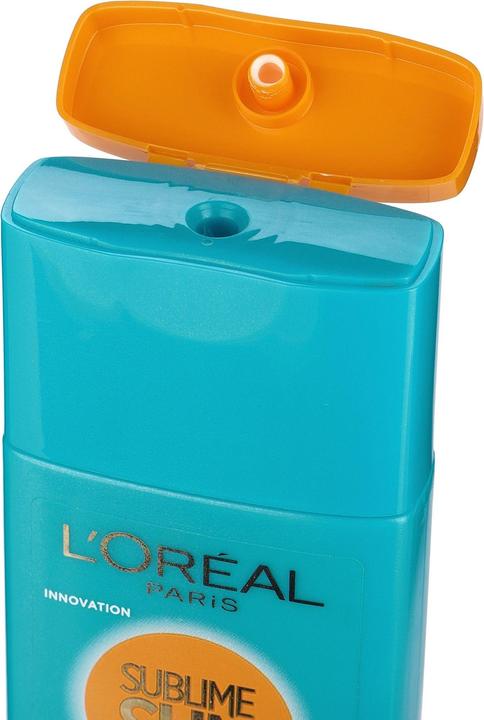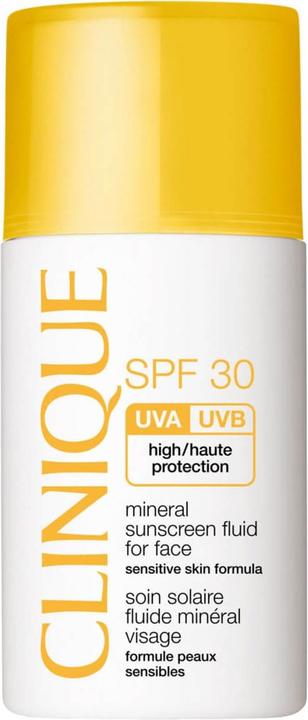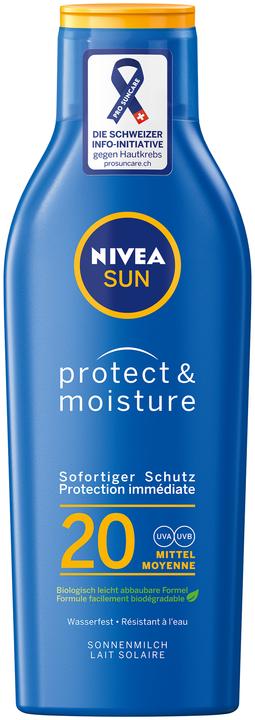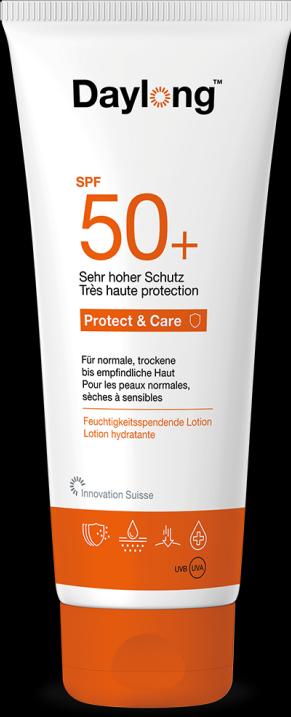

Mineral vs. chemical sunscreen: What’s the difference?
To fully enjoy the beautiful weather, applying a decent layer of sunscreen is a must. This poses the question which UV filter you should go for – mineral or chemical?
First published on 25 April 2018
Which sun cream you choose depends on what you need and expect. You have the choice between mineral and chemical UV filters.
Mineral sunscreen
Mineral or physical UV filters protect your skin by reflecting the sunlight. These reflectors are natural white pigments mainly made up of zinc oxide or titanium oxide. The smaller the particles, the easier it is to work the cream into your skin. Some sunscreens available consist of nanoparticles. Their small size maximises the area of protection.
Advantages:
- skin-friendly
- immediate protection
- often longer lasting
- more environmentally friendly
Disadvantages:
- washes off in water
- needs to be reapplied regularly
- may make your face look white, but newer products don't have this problem any more
- nanoparticles are suspected of posing a health risk
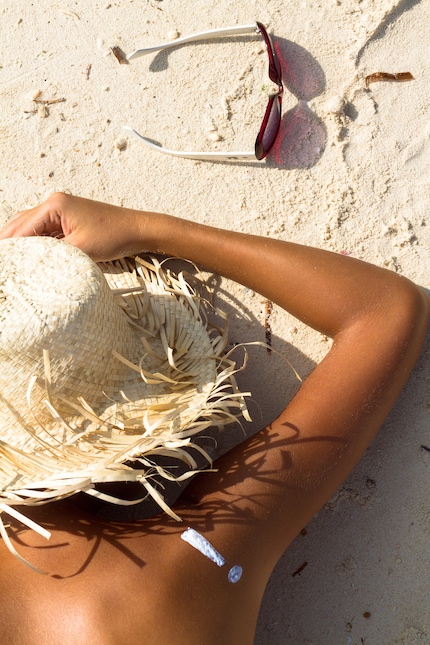

Chemical sunscreen
Chemical sun protection penetrates the outer layer of the skin where it fully develops its effect after about 20 to 30 minutes. The underlying principle: UV rays are converted into heat.
Advantage:
- often waterproof
Disadvantages:
- may cause allergies
- not environmentally friendly – prohibited in certain places such as Hawaii because they destroy coral reefs
- protection after 20 to 30 minutes
- often only last one season
- are suspected of having hormonal effects
By the way: Many sunscreens combine mineral and chemical filters to provide better protection.
Caution
Please keep in mind that sunscreen does not offer complete protection from UV rays. Therefore, avoid exposing yourself to the sun for any length of time. Furthermore, double application does not equal double protection. Nonetheless, reapplication is a must to maintain sun protection in spite of sweat, water and rubbing. So if you intend on basking in the sun for a while, you should opt for a higher sun protection factor. The factor indicates how long a sunscreen will protect you on top of your skin’s own protection. The latter is about ten minutes, but varies depending on your skin type.
As a massive Disney fan, I see the world through rose-tinted glasses. I worship series from the 90s and consider mermaids a religion. When I’m not dancing in glitter rain, I’m either hanging out at pyjama parties or sitting at my make-up table. P.S. I love you, bacon, garlic and onions.
Practical solutions for everyday problems with technology, household hacks and much more.
Show all